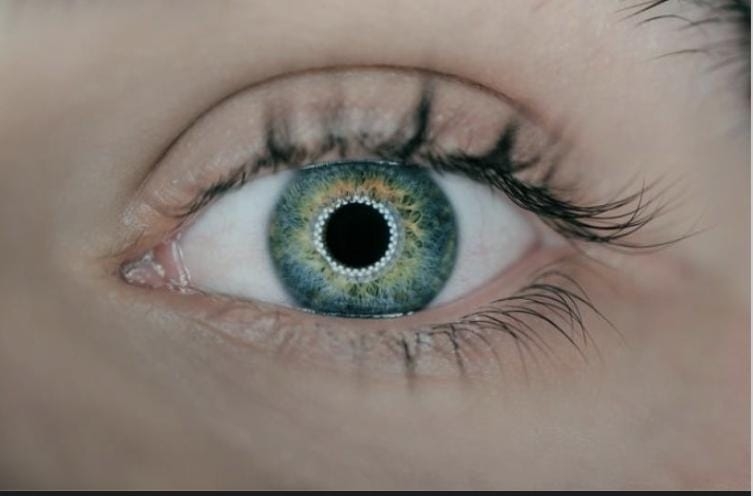
AI can predict risk progress to glaucoma: Study
Seoul, Nov 5 (IANS) Training artificial intelligence (AI) to recognise red flags in retinal images can help predict if and when people can go on to develop glaucoma — the world’s leading cause of irreversible blindness.
Glaucoma is particularly difficult for doctors to detect, if and when people with suspicious signs of early optic nerve damage. Without the cardinal diagnostic feature of abnormally high internal pressure within the eye — intraocular pressure or IOP for short — it’s hard to predict who will go on to develop glaucoma and risk losing their sight, said researchers from the Seoul National University Hospital in South Korea.
Recent advances in AI have prompted the design of algorithms to better detect glaucoma progression. But none has so far drawn on clinical features to predict disease progression among people at high risk, they pointed out.
“Our results suggest that [deep learning] models that have been trained on both ocular images and clinical data have a potential to predict disease progression in [glaucoma suspect] patients,” said corresponding author Professor Ki Ho Park, from the varsity’s Department of Ophthalmology.
“We believe that with additional training and testing on a larger dataset, our [deep learning] models can be made even better, and that with such models, clinicians would be better equipped to predict individual [glaucoma suspect] patients’ respective disease courses,” Park added.
With a view to using AI to try and bridge this gap, the team reviewed the clinical information for 12,458 eyes with suspicious early signs of glaucoma.
From among these, they focused on 210 eyes that had progressed to glaucoma and 105 that hadn’t, all of which had been monitored every 6-12 months for at least seven years.
They then used red flag signs in retinal images taken during the monitoring period plus 15 key clinical features to produce a set of “predictive” combinations, which were then fed into three machine learning classifiers — an algorithm that automatically orders or categorises data.
The clinical features included age, sex, IOP, corneal thickness, retinal nerve layer thickness, blood pressure and weight (BMI).
All three algorithms performed well and were able to consistently predict progression to glaucoma, and when, with a high degree of accuracy: 91-99 per cent.
“Prediction of disease course on an individual-patient basis would help clinicians to present tailored management options to patients with regard to issues such as follow-up duration, starting (or not) of IOP-lowering treatment, and targeting of IOP levels,” the team said in the research published online in the British Journal of Ophthalmology.
The team also acknowledged various limitations to their findings. For example, the AI training results were based on relatively little information, and only those with normal IOP who had not been given any glaucoma treatment over the course of the monitoring were included in the study.
